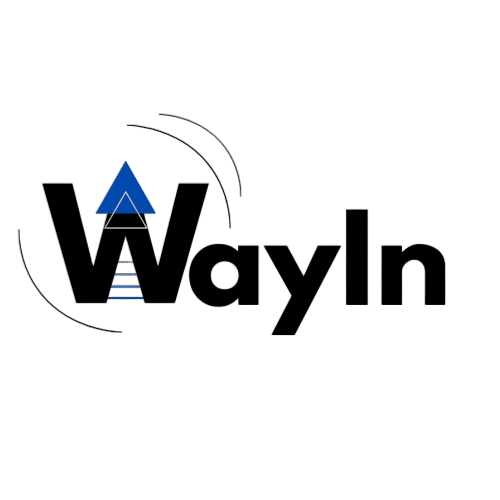In today’s digital age, ensuring robust security measures while maintaining seamless visitor experiences is paramount for academic and religious institutions alike. Traditional pen-and-paper sign-in processes are not only outdated but also pose security risks and inefficiencies. This is where advanced Visitor Management Systems (VMS) come into play, offering a modern solution that enhances security, automates procedures, and provides valuable data analytics insights.
Understanding Visitor Management Systems (VMS)
Visitor Management Systems are software solutions designed to streamline the visitor check-in process, improve security, and provide valuable insights through data analytics. For academic institutions and religious organizations, where maintaining a safe and welcoming environment is crucial, implementing a VMS is a proactive step towards achieving these goals.
Key Features of a VMS
1. Touchless Sign-In:
- In a post-pandemic world, touchless technologies have become essential. A VMS equipped with touchless sign-in capabilities allows visitors to check in using their own mobile devices, minimizing physical contact and reducing the spread of germs.
2. ID Integration:
- Integrating with existing ID systems enhances security by verifying the identity of each visitor against a database. This feature ensures that only authorized individuals gain access to restricted areas, protecting students, staff, and congregants alike.
3. Data Analytics:
- Data analytics provided by a VMS offer institutions valuable insights into visitor trends, peak times, and frequently visited areas. This information can be leveraged to optimize staffing, resource allocation, and security protocols.
Benefits of Implementing a VMS
1. Enhanced Security:
- By replacing outdated sign-in methods with a VMS, institutions significantly enhance their security posture. Real-time monitoring and alerts help security personnel identify and respond promptly to potential threats.
2. Improved Efficiency:
- Automating the check-in process reduces administrative burden, allowing staff to focus on more strategic tasks. Visitors also benefit from quicker and smoother entry procedures, enhancing overall satisfaction.
3. Compliance and Reporting:
- Academic institutions often have compliance requirements related to visitor tracking and reporting. A VMS simplifies compliance by maintaining accurate records and generating comprehensive reports as needed.
4. Customizable Features:
- Each institution has unique requirements. A VMS offers customizable features such as badge printing, visitor pre-registration, and emergency evacuation procedures tailored to specific needs.
Case Studies: Real-World Applications
1. Academic Institutions:
- Case Study A: A large university implemented a VMS to manage campus-wide access. By integrating with student ID cards and leveraging data analytics, the university reduced unauthorized access incidents by 30%.
- Case Study B: A private school enhanced parental confidence by adopting a touchless VMS for visitor sign-ins during school events, improving parent satisfaction and security protocols simultaneously.
2. Religious Institutions:
- Case Study A: A church community deployed a VMS to ensure the safety of its congregants and staff. Real-time monitoring capabilities helped mitigate security incidents during services and events.
- Case Study B: A mosque integrated a VMS with its existing security infrastructure to streamline Friday prayer attendance while adhering to capacity limits and ensuring a safe environment for worshipers.
Future Trends and Innovations
As technology continues to evolve, so do Visitor Management Systems. Future trends in VMS development include:
- Artificial Intelligence (AI) Integration: AI-powered VMS can analyze visitor behavior patterns to predict future trends and enhance security measures proactively.
- Cloud-Based Solutions: Moving VMS to the cloud offers scalability and flexibility, allowing institutions to manage multiple locations from a centralized platform.
- Enhanced Biometric Authentication: Incorporating biometric data for visitor authentication enhances security and accuracy, further minimizing risks associated with unauthorized access.
Conclusion
In conclusion, Visitor Management Systems play a pivotal role in safeguarding academic and religious institutions. By replacing outdated sign-in methods with advanced technology, institutions not only enhance security but also improve operational efficiency and visitor experience. Whether it’s touchless sign-ins, ID integration, or data analytics, a VMS tailored to specific institutional needs is essential for maintaining a secure and welcoming environment. Embracing these innovations ensures that institutions stay ahead in safeguarding their communities while adapting to evolving security challenges in the digital era.
Implementing a VMS isn’t just a security upgrade; it’s a commitment to providing a safe and efficient environment for all stakeholders. Contact us today to learn more about how our tailored VMS solutions can benefit your institution. Together, let’s optimize security, streamline operations, and enhance visitor experiences with cutting-edge technology.
